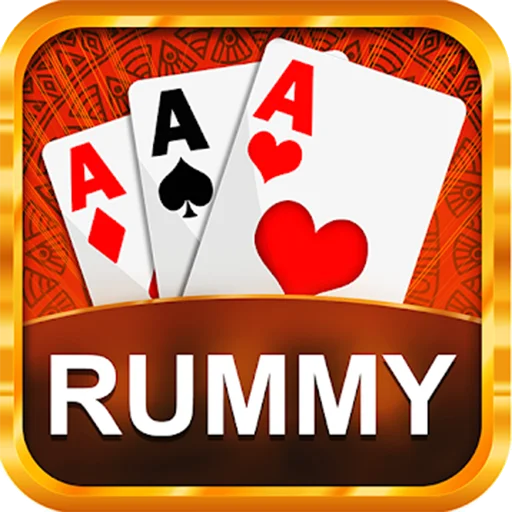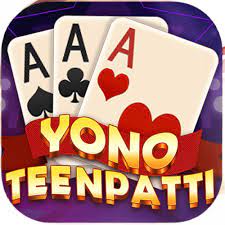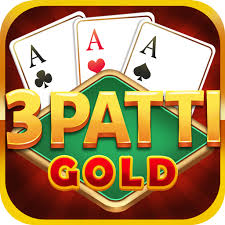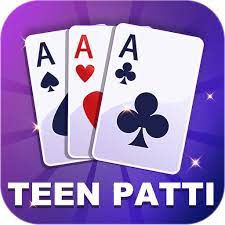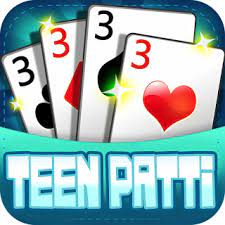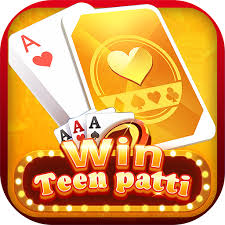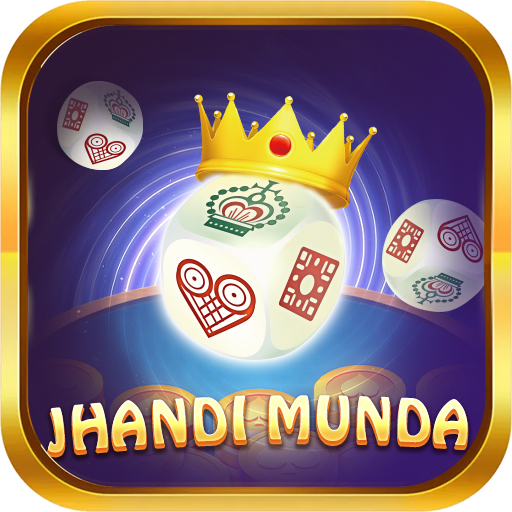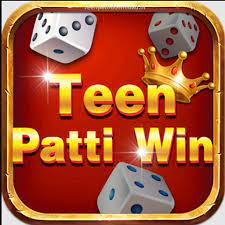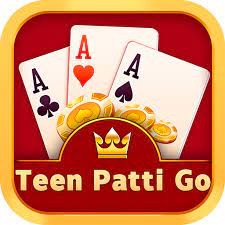Mastering the Art of Teen Patti Card Sequences: Understanding the Hierarchy of Hands
Teen Patti, a beloved card game originating from the Indian subcontinent, is renowned for its blend of strategy, luck, and social interaction. Central to the game’s mechanics is the formation of card sequences, where players strive to create winning combinations to outsmart their opponents. In this article, we delve into the intricacies of Teen Patti card sequences, exploring the hierarchy of hands and strategies for mastering this fundamental aspect of the game. Also Download Yono Rummy

Understanding Card Sequences:
In Teen Patti, card sequences refer to the combinations of cards that players aim to achieve to win a hand. These sequences are ranked based on their rarity and strength, with higher-ranked sequences trumping lower-ranked ones in the hierarchy. Understanding the different types of sequences and their respective rankings is crucial for success in Teen Patti.
Hierarchy of Hands:
The hierarchy of hands in Teen Patti follows a predetermined ranking system, with each hand having a specific value based on its rarity and strength. The following is a breakdown of the most common Teen Patti card sequences, listed from highest to lowest rank:
- Trail (Three of a Kind): A Trail consists of three cards of the same rank. For example, three Aces or three Kings would constitute a Trail, with higher-ranked Trails beating lower-ranked ones.
- Pure Sequence (Straight Flush): A Pure Sequence consists of three consecutive cards of the same suit. For instance, the sequence Ace-King-Queen of Hearts would constitute a Pure Sequence, with the highest-ranking Pure Sequence being Ace-King-Queen and the lowest being 2-3-4.
- Sequence (Straight): A Sequence, also known as a Straight, consists of three consecutive cards of mixed suits. For example, the sequence Ace-King-Queen or 7-8-9 would constitute a Sequence. In the absence of a Pure Sequence, a Sequence holds significant value in Teen Patti.
- Color (Flush): A Color, also known as a Flush, consists of three cards of the same suit, regardless of their numerical order. For instance, three Hearts or three Diamonds would constitute a Color. In the absence of higher-ranked sequences, a Color can be a strong hand in Teen Patti.
- Pair: A Pair consists of two cards of the same rank, accompanied by a third unmatched card. For example, having two Queens and a separate Ace or King would constitute a Pair. While not as strong as higher-ranked sequences, a Pair can still be a valuable hand in Teen Patti.
- High Card: If none of the above sequences are formed, the value of the hand is determined by the highest-ranking card. For instance, having an Ace as the highest card would beat a hand with a King as the highest card.
Strategies for Success:
Mastering the art of Teen Patti card sequences requires a combination of strategic thinking and understanding of probability. Players must assess their hand strength, anticipate their opponents’ moves, and employ tactics such as bluffing and strategic betting to maximize their chances of success. Additionally, staying flexible and adaptable to changing game dynamics is essential for navigating the complexities of Teen Patti.
Conclusion:
In conclusion, Teen Patti card sequences play a pivotal role in determining the outcome of each hand, shaping the ebb and flow of the game. By understanding the hierarchy of hands and employing strategic thinking, players can enhance their Teen Patti experience and increase their chances of emerging victorious. So, whether you’re aiming for a Trail, a Pure Sequence, or a well-timed bluff, mastering the art of Teen Patti card sequences is sure to elevate your gameplay to new heights. Also Download Teen Patti Live




